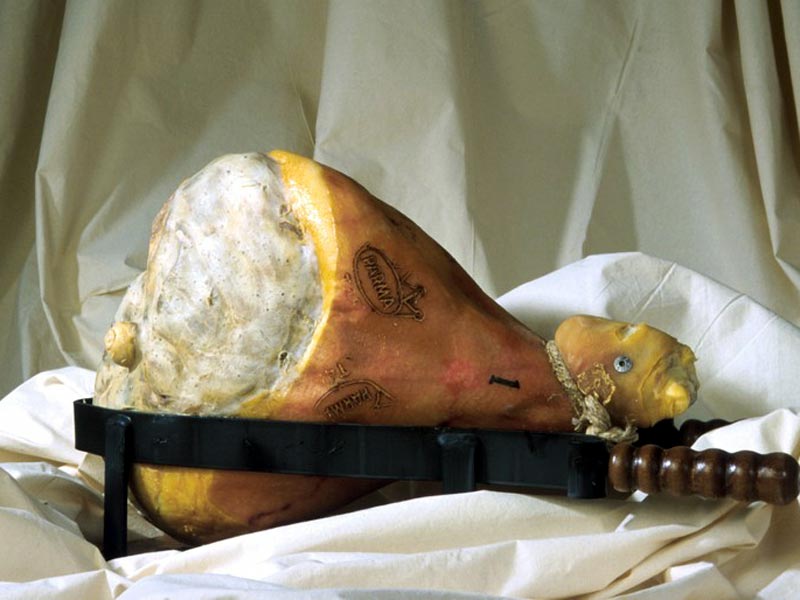One of the most valuable products of the Italian gastronomy comes from Appennino Parmense, thanks to the particular environmental conditions and a tradition of over 2,000 years. Cato the Censor was the first to talk about a possible ancestor of Parma ham: in the 2nd century BC, he talks about a method to preserve pork legs with salting and subsequent maturation.
One century after, Marcus Terentius Varro in his De re rustica remembers that hams arrived in Rome from the Cisalpine Gaul, and that the Gauls were very expert in pork meat processing. According to the legend, after winning the battle of Trebbia (217 BC) against the Roman troops, Hannibal would have banqueted with salted pork legs found in the countryside. Closer to present times, the warships of the Republic of Genoa used to supply the galley with hams coming from the Po Plain, which probably travelled along the several salt ways of the Apennines, against the salt which is one of the main ingredients enabling the preservation of this precious product. Parma ham doesn't need anything else: pork legs with certain features established by the production specifications, salt, and the special climate of the production area, which includes the territory of the Province of Parma in the south of Via Emilia up to an altitude of 900m, between the stream Stirone in the west and the river Enza in the east. The particular microclimate of the piedmont strip of the Apennines gives ham - hanging from the traditional "scalere" - to dry in a natural way. In the big rooms where the legs hang, the several windows are opened or closed according to the outer climate and the ham drying degree. Everything without being in a hurry: the PDO label is granted after about one year.
In spite of its pork origins, Parma ham is a food with a low content in fat and cholesterol, easily digestible, absolutely natural. The production Municipality of PDO Parma Ham par excellence is Langhirano, but this valuable cold cut is also produced within the territory of Appennino Tosco-Emiliano National Park, in Corniglio.










